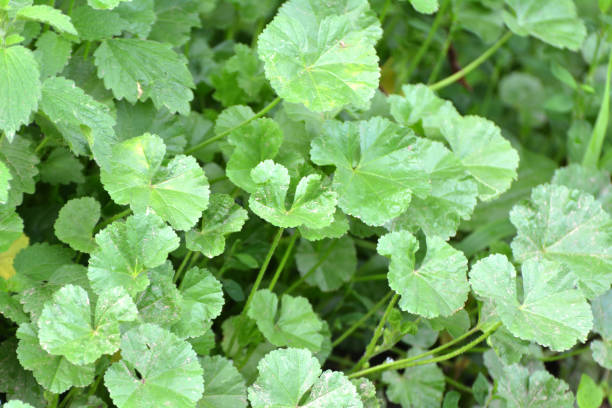Common mallow, scientifically known as Malva sylvestris, is an herbaceous plant that has been traditionally valued for its medicinal properties. While often considered a common weed, this unassuming plant offers an array of health benefits that have captured the attention of herbal medicine enthusiasts and practitioners alike.
Nutrient-Rich Composition
Common mallow is a rich source of various nutrients, including vitamins, minerals, and antioxidants. It contains notable amounts of vitamins A, C, and K, which contribute to overall health and wellbeing. Additionally, it harbors essential minerals such as calcium, magnesium, and potassium, vital for bone health and nerve function.
Potential for Digestive Health
One of the standout qualities of common mallow lies in its potential to support digestive health. Its mucilaginous properties, particularly found in the leaves and roots, offer a soothing effect on the digestive tract. When ingested, these properties can help alleviate issues related to gastrointestinal discomfort, such as indigestion or mild stomach irritation.
Anti-Inflammatory and Antioxidant Effects
The presence of various bioactive compounds in common mallow, including flavonoids and phenolic acids, contributes to its anti-inflammatory and antioxidant properties. These properties play a crucial role in reducing inflammation in the body and combating oxidative stress, potentially offering protection against chronic diseases.
Respiratory Support
Common mallow has been historically used to address respiratory issues. Its expectorant properties can help alleviate coughs and congestion by loosening mucus in the airways, making it easier to expel. This makes it a popular choice in folk medicine for addressing respiratory discomfort.
Skin Health Benefits
The mucilage content in common mallow has led to its utilization in skincare products. Its emollient properties can soothe and moisturize the skin, making it useful for alleviating minor skin irritations, such as rashes or insect bites.
Culinary Uses and Precautions
Beyond its medicinal applications, common mallow leaves are edible and are sometimes incorporated into salads or cooked as a green vegetable. However, it’s crucial to harvest mallow from uncontaminated areas, ensuring it has not been exposed to pesticides or pollutants.
Common mallow, often overlooked as a simple plant, offers a spectrum of health benefits that have been acknowledged for centuries. From its potential to soothe the digestive system to its anti-inflammatory and skin-nourishing properties, this unassuming herb has found its place in traditional medicine practices.
While common mallow provides numerous health advantages, it’s essential to seek guidance from healthcare professionals or herbalists before incorporating it into your wellness routine, especially if you have underlying health conditions or are taking medications.
In conclusion, the exploration of common mallow’s health benefits underscores its potential as a natural remedy and nutritional resource, contributing to holistic wellbeing.






Add comment